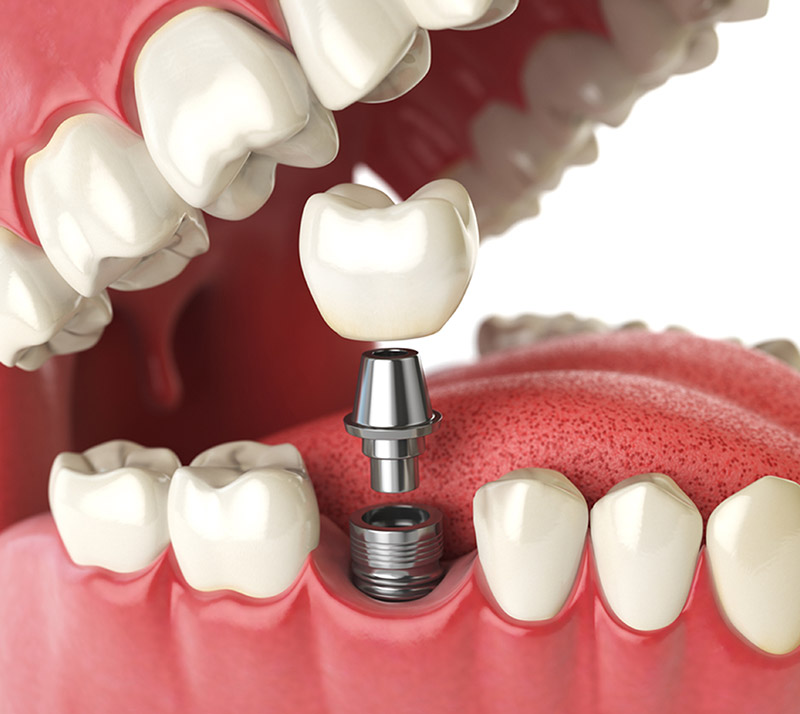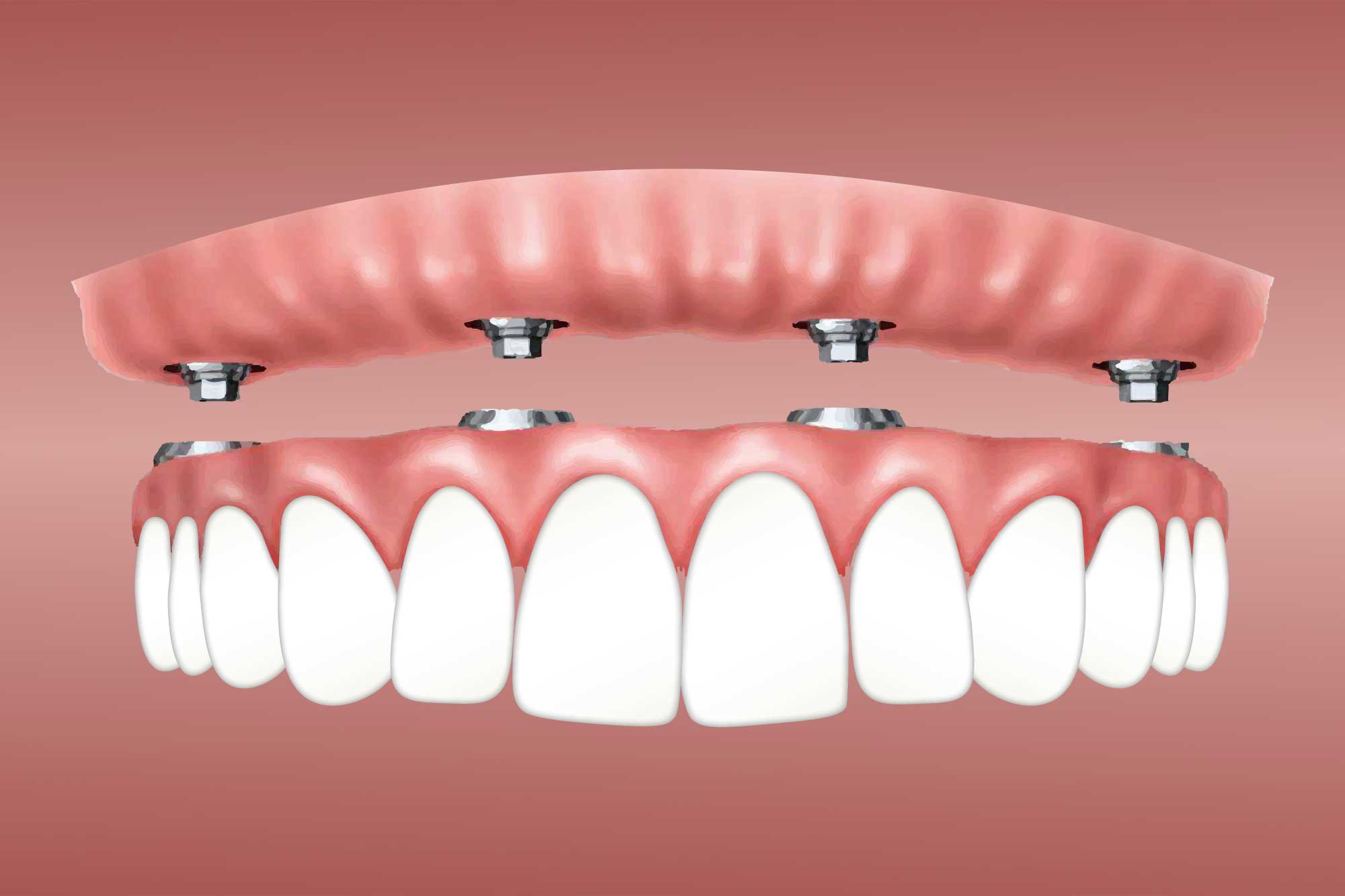Implants Dental Implants Norton Shores MI - Multiple Tooth Dental Implants
Dental Implants Wyoming MI - What are dental Implants?
The journey towards dental implants begins with a thorough evaluation of the jawbone's condition. When there's inadequate bone density to assist an implant, bone grafting turns into a vital procedure to visite site recreate a stable basis. Understanding how a lot bone grafting is required for dental implants greatly see here now influences the therapy plan, timeline, and general success rate.
The quantity of bone grafting required is decided by multiple components, including the extent of bone loss, the implant's size, and the precise location inside the mouth. In cases of serious bone loss because of periodontal illnesses, trauma, or extended tooth loss, more intensive grafting may be needed. Conversely, if the bone loss is minimal, a smaller graft could suffice.
Denture Dental Implants Wyoming MI - Dental Implants for Multiple Missing Teeth
The analysis process typically entails imaging studies corresponding to X-rays or 3D scans, allowing the dental professional to visualise the bone structure (Implants Dental Implants Grandville MI). These images help in figuring out the quality and quantity of current bone. If the bone is deemed insufficient, the dentist will then outline the suitable grafting procedures
Grafting can be sourced from varied areas. Autografts, which involve harvesting bone from the patient's own physique, are sometimes deemed the gold standard. These supply glorious integration with the prevailing bone but come with the drawback of additional surgery. Other options embody allografts, which use donor bone, and synthetic supplies designed to mimic natural bone. Each option has its own implications on therapeutic and success rates.
After determining the necessary quantity of bone grafting, the dental skilled will create a tailored plan for the affected person. This plan might embrace the timing of bone grafting in relation to the implant placement. In some instances, a graft can be performed concurrently with the implant surgery. Alternatively, in additional sophisticated situations, a separate healing period is indicated.
Healing timelines differ based on the person's health, the extent of grafting, and the kind of graft used. Generally, the healing of a bone graft takes several months earlier than an implant can be positioned. During this time, bone regeneration happens, leading to a steady base for the implant.
Dental Implant And Bridges Jenison MI - Dental Implants - an overview
Patients usually marvel in regards to the risks associated with bone grafting. While complications similar to infection or graft failure are potential, these occasions are relatively rare. Adhering to post-operative care directions and attending follow-up appointments minimize risks and promote therapeutic.
Once the bone has adequately healed, the dentist assesses the graft's success by evaluating the bone density and stability. If every little thing looks favorable, the following steps toward putting the dental implant can begin. The success of this subsequent step largely hinges on the quality of the bone graft and its integration with the encompassing bone.
Cost concerns play an necessary function within the decision-making course of. The expense of bone grafting varies primarily based on materials used, the complexity of the case, and geographic location. It is important for sufferers to discuss funds upfront to avoid unexpected bills later within the therapy.
Dental Implants Whole Mouth Wyoming MI - Dental Implants Tooth Replacement
Also, patients ought to have practical expectations regarding the timeline and outcomes. Many elements can influence how a lot bone grafting is needed and its general effectiveness. A collaborative method involving the affected person and the dental group not solely ensures readability but also enhances the chances of a successful consequence.

Maintaining good oral hygiene and regular dental visits following the procedure is vital. These practices can prevent issues and be certain that each the graft and the implant remain secure over time. The ongoing relationship with a dental professional is crucial, especially within the months following the procedures.
In conclusion, understanding how a lot bone grafting is needed for dental implants encompasses a multi-faceted strategy that considers bone quality, grafting types, healing time, and overall affected person health. The steadiness between reaching the specified aesthetic and useful outcomes while minimizing risks and issues is at the heart of dental implant procedures. The journey may be extensive, but a well-planned approach maximizes the probabilities for a successful, long-lasting result in restorative dental work.
- Determining the quantity of bone grafting required for dental implants typically hinges on the preliminary bone density and quantity of the patient's jawbone.
- Each affected person's case is unique; factors corresponding to earlier extractions, periodontal disease, or trauma can affect the need for grafting.
- A 3D imaging scan is typically conducted to assess the precise dimensions of the available bone and inform the grafting technique.
- The sort of dental implant placement—immediate or delayed—may dictate the quantity of bone grafting essential for stability and integration.
- Different forms of graft materials, corresponding to autografts, allografts, or synthetic options, can influence how a lot grafting materials is needed.
- Assessing the patient's total health, age, and life-style habits can affect the therapeutic course of, influencing graft volume necessities.
- The depth and placement of the implant can necessitate various quantities of graft material to safe optimal outcomes.
- Successful integration of the dental implant typically depends on adequate bone density, leading to a tailored grafting approach for every individual.
- Consultation with an oral surgeon will present a clearer estimate of the bone grafting wanted primarily based on complete evaluations and imaging results.
- Post-grafting healing time varies; thus, a cautious analysis is essential to discover out the final quantity of grafting required for successful implantation.undefinedHow much bone grafting is required for dental implants?
Implants Dental Near Me Muskegon MI - Dental Implants - Implantsology
What is bone grafting and why is it essential for dental implants?undefinedBone grafting is a surgical procedure that provides bone or bone-like material to the jawbone. It is important for dental implants when the prevailing bone is insufficient to help the implant, guaranteeing stability and long-term success.
How do I know if I want a bone graft for dental implants?undefinedYour dentist or oral surgeon will evaluate your jawbone through x-rays or 3D imaging to determine its density and quantity. If they find that you lack adequate bone, they may recommend a bone graft before proceeding with the dental implant.
Implants Dental Near Me Holland MI - Dental Implants Surgical Placement Videos
What factors affect the amount of bone grafting needed?undefinedFactors include the scale and site of the implant web site, the health and density of existing bone, and particular person healing capability (Dental Implants Near Me Norton Shores MI). These elements assist the dentist determine the suitable quantity of graft materials wanted
Are there different sorts of bone grafts used for dental implants?undefinedYes, there are several varieties, together with autografts (from your personal body), allografts (from a donor), xenografts (from animals), and synthetic graft materials. Each sort has distinctive advantages and may be selected primarily based on particular person affected person wants.
Full Mouth Dental Implants Muskegon MI - Dental Implants - Implantsology
How long does the bone grafting procedure take?undefinedThe duration varies primarily based on the complexity of the grafting process and the extent of the realm treated. Generally, a bone grafting process can take anyplace from 30 minutes to a couple hours, relying on the particular circumstances.
What is the recovery time after a bone graft for implants?undefinedRecovery times can differ, but typically, preliminary therapeutic may take a couple of weeks, while full integration of the graft with the bone can take several months. Your dentist will present a personalized timeline primarily based on your state of affairs.

Will I experience pain after the bone grafting procedure?undefinedSome discomfort is common after a bone graft, but it's generally manageable with prescribed pain treatment. Most patients report that pain diminishes significantly inside a couple of days.
Denture Dental Implants Walker MI - Dental Implants - Implantsology
How does bone grafting affect the general dental implant timeline?undefinedBone grafting could prolong the overall timeline for receiving dental implants, as it requires a therapeutic interval earlier than implants can be placed. This can add several months to the method but is essential for a successful implant placement.

Are there risks associated with bone grafting for dental implants?undefinedLike any surgical procedure, bone grafting carries some risks, corresponding to infection, graft failure, or problems associated to anesthesia. However, when carried out by an skilled skilled, these risks are usually low.
Can I even have dental implants positioned immediately after a bone graft?undefinedIn many cases, dental implants cannot be placed immediately after a bone graft due to the want for the graft to integrate into the existing bone. However, some strategies, like immediate loading, could permit for this beneath particular conditions. Your supplier will advise you on the greatest option based mostly on your circumstances.